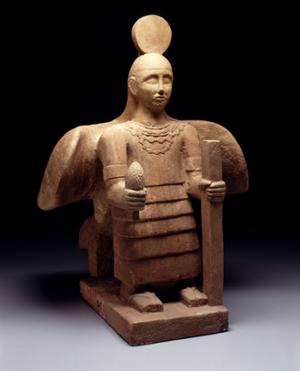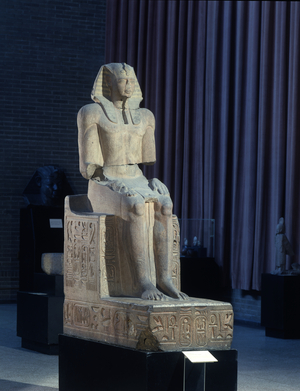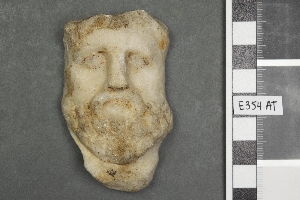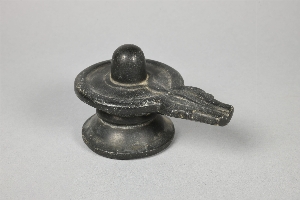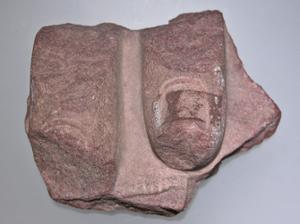Search Collections
- Object[767]
- african[32]
- american[37]
- asian[308]
- babylonian[1]
- egyptian[217]
- historic[1]
- mediterranean[128]
- near eastern[42]
- oceanian[1]
- 3D Model[5]
- bottle[1]
- bust[30]
- cast[4]
- figure[1]
- figurine[3]
- furniture fragment[2]
- gateway fragment[9]
- head[1]
- headdress[1]
- herm[3]
- mask[1]
- model[37]
- portrait[2]
- relief[10]
- reproduction[67]
- sculptor's model[3]
- sculpture[2]
- shabti[1]
- shrine parts[4]
- statue[767]
- statue base[1]
- stupa[2]
- tomb sculpture[2]
- vase[1]
- vessel[1]
- votive[7]
- abydos[13]
- africa[2]
- akhmim[1]
- al 'ubaid[3]
- amecameca[1]
- angola[1]
- aniba[2]
- asakusa temple[2]
- asia[3]
- asia minor[1]
- baalbek[1]
- beijing[9]
- benares[1]
- benin kingdom[12]
- beth shean[2]
- brazzaville[2]
- buddhist temple[20]
- buhen[2]
- burma[13]
- cambodia[2]
- campania[59]
- carthage[3]
- chihli[5]
- china[70]
- congo[3]
- coptos[5]
- costa rica[2]
- crete[2]
- cyprus[6]
- dendereh[5]
- dra abu el-naga[8]
- egypt[212]
- el-amarna[2]
- etruria[3]
- fara[3]
- french congo[2]
- gandhara[2]
- giza[2]
- greece[4]
- guangdong[2]
- guatemala[4]
- hebei[9]
- henan[6]
- herculaneum[43]
- idalion[2]
- illahun[2]
- india[95]
- iraq[38]
- israel[2]
- italy[102]
- japan[83]
- jiujiang[2]
- karanog cemetery[13]
- khafaje[17]
- korea[2]
- kourion[2]
- koyasan temple[3]
- kyoto[3]
- lake nemi[19]
- latium[31]
- lower egypt[2]
- mali[2]
- mathura[6]
- mediterranean[6]
- memphis (egypt)[2]
- mexico (central america)[23]
- minturnae[8]
- mit-rahineh[21]
- naucratis[3]
- neiqiu county[2]
- nepal[5]
- nigeria[14]
- nippur[7]
- north thailand[11]
- nubia[28]
- pakistan[2]
- palace[2]
- peru[3]
- pompeii[15]
- rajasthan[9]
- rome (italy)[3]
- sanctuary of apollo hylates[2]
- shaanxi[3]
- shablul[11]
- shanxi[3]
- sinai[4]
- southern congo[2]
- sudan[2]
- syria[4]
- thailand[31]
- thebes (egypt)[17]
- tianlongshan[2]
- tibet[4]
- tunisia[3]
- turkey (country)[4]
- upper egypt[6]
- ur[8]
- west bengal[3]
- xiangtangshan[5]
- zaire[2]
- 14th century[1]
- 16th century[1]
- 17th century[2]
- 18th century[2]
- 19th century[2]
- 20th century[5]
- amenhotep iii[1]
- archaic[1]
- augustan period[2]
- ayutthaya period[1]
- bangkok period[2]
- chiang saen[1]
- classical greek period[1]
- dvaravati period[1]
- early dynastic[17]
- early dynastic iii[1]
- early dynastic iiib[1]
- early imperial roman period[1]
- early nineteenth dynasty[1]
- early pandiyan period[1]
- early ptolemaic[1]
- eastern wei dynasty[1]
- edo period[57]
- egyptian early dynastic[1]
- egyptian predynastic period[1]
- eighteenth dynasty[18]
- fifteenth dynasty[1]
- fifth dynasty[2]
- first dynasty[1]
- first intermediate period[2]
- flavian period[1]
- fourteenth dynasty[2]
- fourth dynasty[1]
- gandhara[1]
- graeco-roman[1]
- graeco-roman period[1]
- han dynasty[2]
- hatshepsut[2]
- hellenistic period[7]
- imperial roman[1]
- imperial roman period[8]
- iron age ia[1]
- jin dynasty[2]
- joseon dynasty[1]
- julio-claudian period[2]
- kamakura period[1]
- late eighteenth dynasty[1]
- late minoan period[1]
- late period[14]
- late republican period[1]
- late republican roman period[3]
- liao dynasty[1]
- mandalay period[3]
- meiji period[53]
- meroitic[4]
- middle kingdom[13]
- ming dynasty[3]
- modern[5]
- new kingdom[34]
- nineteenth dynasty[13]
- northern qi dynasty[10]
- old kingdom[4]
- post-ptolemaic[1]
- pre sargonic[1]
- pre-sargonic[4]
- ptolemaic[2]
- ptolemaic period[7]
- ptolemy xii neos dionysos[1]
- qing dynasty[25]
- republican roman period[2]
- roman period[19]
- saite period[1]
- seventeenth dynasty[1]
- sixteenth dynasty[1]
- sixth dynasty[1]
- song dynasty[1]
- sui dynasty[2]
- tang dynasty[9]
- third intermediate period[6]
- thirteenth dynasty[4]
- thirtieth dynasty[1]
- thirty-third dynasty[6]
- thutmose iii[1]
- thutmose iv[1]
- tianping[1]
- tutankhamun[1]
- tuthmosis iii[1]
- twelfth dynasty[6]
- twentieth dynasty[2]
- twenty-second dynasty[5]
- twenty-seventh dynasty[1]
- twenty-sixth dynasty[4]
- ur i[2]
- ur ii[1]
- ur iii[2]
- wei dynasty[5]
- yuan dynasty[2]
- attic[1]
- aztec[6]
- bambala[1]
- bateke[1]
- batetela[1]
- buddhist[155]
- burmese[7]
- cambodian[2]
- chinese[48]
- classical greek[1]
- cypriot[2]
- edo (africa)[12]
- egyptian[2]
- etruscan[2]
- faliscan[1]
- fang[1]
- french[1]
- graeco-roman[3]
- greek[10]
- guatemalan[1]
- guetar[2]
- gunjo[1]
- hellenistic[2]
- hindu[21]
- huastec[1]
- ijo[1]
- imperial roman[2]
- indian[88]
- islamic[1]
- italic[1]
- japanese[82]
- khmer[1]
- korean[2]
- laotian[2]
- malhar[6]
- maya[1]
- meroitic[20]
- minoan[2]
- mixteca[1]
- nepalese[4]
- nubian[2]
- phrygian[1]
- ptolemaic[10]
- roman[103]
- sinhalese[1]
- sino-tibetan[19]
- sukhothai[1]
- sumerian[2]
- syrian[1]
- thai[28]
- tibetan[2]
- totonac[1]
- yoruba[1]
- zapotec[1]
- 14[1]
- 140, middle stratum[1]
- 17-18[1]
- 18[2]
- 22b[1]
- 23[1]
- 25[1]
- 34[1]
- 370[1]
- 502[1]
- 542[1]
- 8:112/i/x6[1]
- 9.5 m below pg 1749 in white lime stratum[1]
- an 33[1]
- an37[1]
- baths[1]
- brass (port)[1]
- cemetery d[1]
- court of 159[1]
- dardanelles / plain of troy[1]
- debris over roof of serdab "s" at n. end of offering room of mastaba 2086[1]
- debris over tomb xi[1]
- doorway to south vault of temple l[1]
- e 108[1]
- e 189[1]
- e 261[1]
- e 300[1]
- forum well[2]
- found in digging foundation for american hospital?[1]
- found in the enclcosure of the temple of apollo[2]
- g[4]
- g 182[1]
- g 183[2]
- g 203[1]
- g 83[1]
- grave sh. 29[1]
- great tumulus[1]
- hathor temple[1]
- horus temple[1]
- house of the faun[1]
- in a masonry byz. wash-trough, e. flank, "temple of julius caesar"[1]
- in hollow w. of temple b (temple of julius caesar)[1]
- k8[1]
- l cemetery, ii. 2. surface x/1[1]
- l. cemetery, small temple, n.w. corner, x/1[1]
- l.c. ii, 3, surface x x1[1]
- lc 160[1]
- lower cemetery, tomb 76[1]
- m64, temple?[1]
- min temple precinct[1]
- near temple[1]
- nt general s.w.[1]
- outside vesuvius gate, north side[1]
- pg 1237[1]
- plot4[1]
- porta pia[1]
- portal temple[1]
- ramesseum[2]
- ramesseum; originally from the temple precinct of mut at karnak.[1]
- rm100[3]
- rm100e[6]
- rm101[1]
- rm140[1]
- rm3[1]
- rm35[1]
- room 100e[1]
- rp 7es[1]
- rp.5d[2]
- rp.5f[1]
- sacred enclosure of the temple of the god ptah[1]
- sanctuary of diana nemorensis[2]
- se/e temple 2-2[1]
- sh 7[1]
- steps of isis temple[1]
- strip 1[1]
- surface find[1]
- sw corner temple of julius caesar[2]
- temple[1]
- temple l[1]
- temple of amenhotep ii[1]
- temple of hathor[1]
- temple of horus[1]
- tomb 141[1]
- tomb 21[1]
- tomb 2111, tomb of khentkhety[1]
- tomb no. 1[1]
- tomb of the kings[1]
- tt 198 (?)[1]
- vaults under "temple l"[1]
- vestibule of the temple of herishef[1]
- vicinity of vera cruz[1]
- villa dei papiri[28]
- abhaya mudra[3]
- abundantia[2]
- amida buddha[4]
- amphora[2]
- amun[4]
- ananda[2]
- aphrodite[2]
- apollo[5]
- apollo belvedere[2]
- athlete[3]
- attendant[4]
- ba[5]
- ba bird[10]
- ba bird head[3]
- baboon[2]
- bearded man[2]
- bes[2]
- bhumisparsa mudra[8]
- bird[3]
- bishamon[2]
- bodhisattva[10]
- bodhisattva head[2]
- buddha[30]
- bull[7]
- bull head[2]
- bull hoof[2]
- bust[10]
- caracalla[2]
- cat[4]
- cauldron[4]
- child[5]
- cock[2]
- consort[2]
- cynocephalos[2]
- dancer[5]
- deer[3]
- deity[6]
- demon face[2]
- demosthenes[2]
- dhyana mudra[2]
- diana[3]
- dionysos[3]
- disciples[32]
- dog[2]
- elephant[12]
- epicurus[3]
- eros[3]
- falcon[4]
- faun[7]
- female[8]
- female head[9]
- figure[11]
- flowers[3]
- fu dog[6]
- fu lion[6]
- ganesha[3]
- griffin[5]
- guanyin[4]
- guardian[3]
- head[26]
- horse[3]
- horus[9]
- human[5]
- human figure[4]
- human head[15]
- indian human figure[37]
- isis[6]
- jackal[3]
- king[8]
- latin inscription[5]
- lion[15]
- maitreya[3]
- male[32]
- male head[10]
- man[39]
- manjusri[3]
- monkey[4]
- musician[3]
- osiris[27]
- parvati[4]
- priest[5]
- ptah[3]
- ptah-sokar-osiris[6]
- ram[6]
- ramesses ii[3]
- sakyamuni buddha[4]
- seated buddha[3]
- seated figure[8]
- seated male[6]
- seated man[3]
- sekhmet[4]
- shiva[8]
- sitting[3]
- standing buddha[4]
- sword[3]
- venus[3]
- winged figure[5]
- winged lion[3]
- woman[17]
- youth[4]
- king[1]
- alabaster[17]
- andesite[1]
- animal claw[1]
- basalt[10]
- bead[2]
- beads[2]
- bitumen[4]
- brass[33]
- bronze[169]
- ceramic[6]
- clay[8]
- cloth[4]
- copper[9]
- copper alloy[18]
- coral[2]
- deer antler[2]
- diorite[11]
- dolomite[2]
- egyptian blue[1]
- enamel[2]
- faience[1]
- feathers[1]
- fur[1]
- gesso[8]
- gilding[11]
- gilt[17]
- glass[16]
- glaze[2]
- glue[1]
- gold[6]
- gold leaf[2]
- granite[9]
- granodiorite[1]
- graywacke[3]
- gypsum[2]
- hippopotamus ivory[2]
- horn (animal part)[1]
- iron[2]
- ivory[4]
- jade[1]
- jadeite[1]
- jewels[3]
- lacquer[19]
- lapis lazuli[4]
- lava stone[2]
- lime paste[1]
- limestone[64]
- marble (stone)[61]
- mathura sandstone[1]
- metal[34]
- micaceous slate[1]
- mollusk shell[2]
- nenfro[2]
- nephrite[1]
- paint[16]
- paper[1]
- papier mache[1]
- parian marble[2]
- pentelic marble[1]
- pigment[85]
- plaster[46]
- quartz monzonite[1]
- quartzite[4]
- raffia[1]
- red sandstone[2]
- resin (material)[2]
- sandstone[39]
- schist[1]
- serpentine[5]
- shell[5]
- silver[2]
- silver alloy[1]
- slate[1]
- soapstone[1]
- stain[1]
- steatite[3]
- stone[49]
- stoneware[2]
- teak[2]
- terracotta[7]
- thread[3]
- tufa[1]
- tuff[2]
- turquoise[2]
- volcanic rock[3]
- volcanic stone[1]
- wood[171]
- bas relief[1]
- carved[163]
- cast[74]
- cire perdue[5]
- cloisonne[4]
- dhokra[4]
- drilled[1]
- dry lacquer[2]
- fired[9]
- gesso[2]
- gilded[36]
- gilding[1]
- gilt[6]
- glazed[5]
- glued[1]
- high relief[1]
- hollow cast[2]
- incised[7]
- inlaid[14]
- inscribed[7]
- koh ker style[1]
- lacquered[11]
- lost wax casting[12]
- low relief[1]
- nailed[1]
- northern thai style[1]
- painted[87]
- paper mache[1]
- relief[3]
- repousse[1]
- stained[1]
- three color glaze[1]
- unglazed[3]
- woven[1]
- yosegi zukuri[1]
1 - 32 of 767 Records
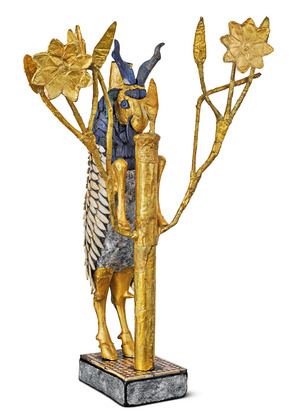
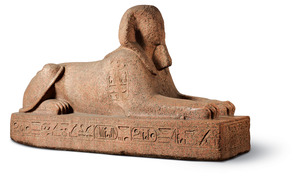
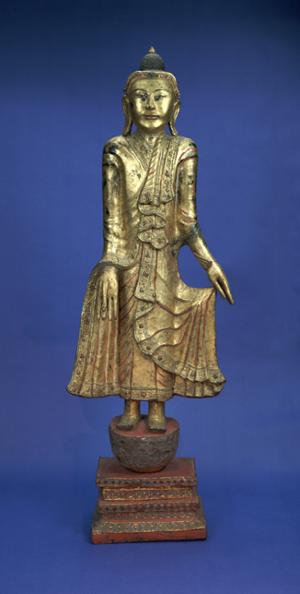
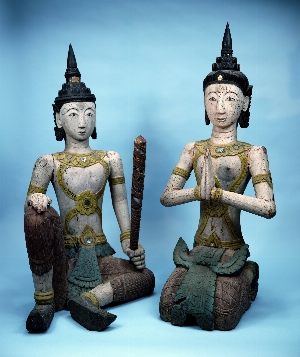
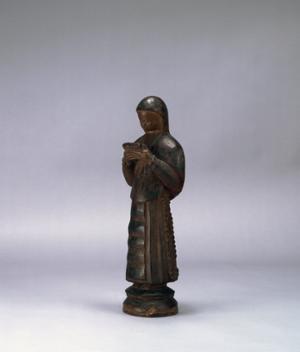
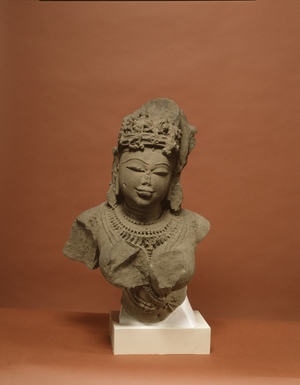
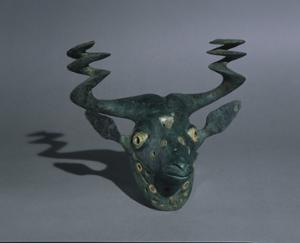
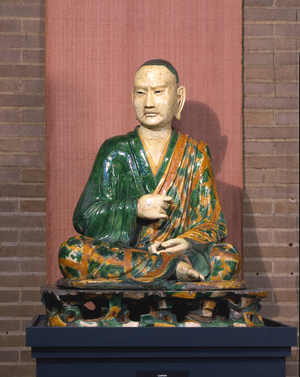
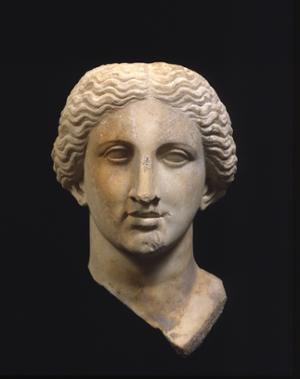
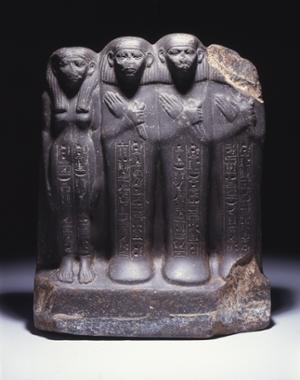
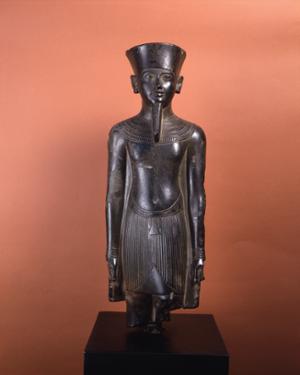
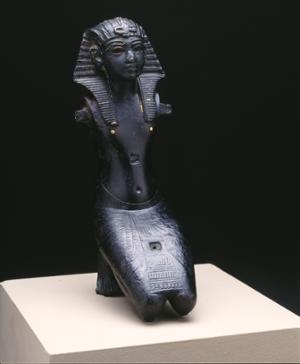
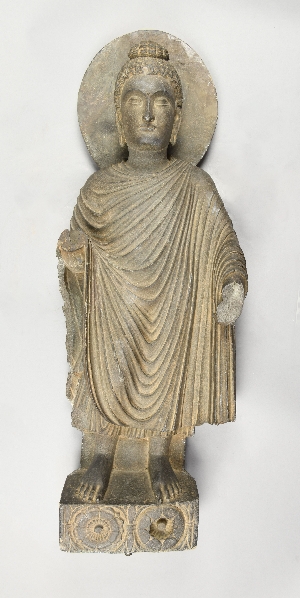

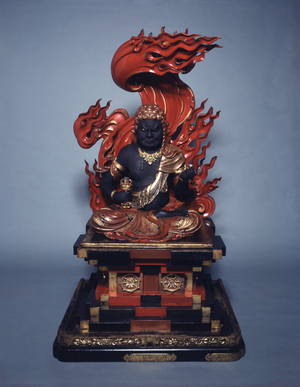
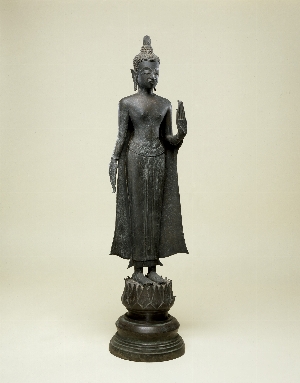

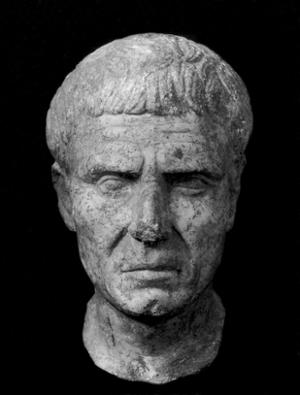
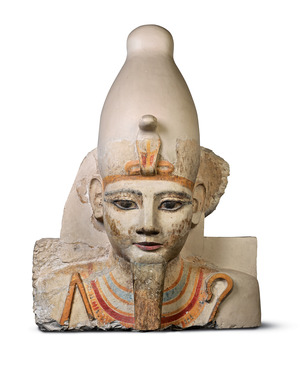
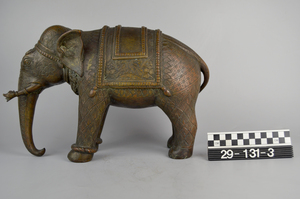
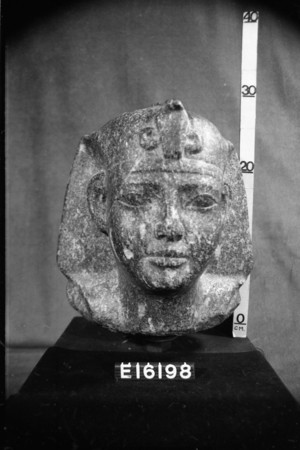
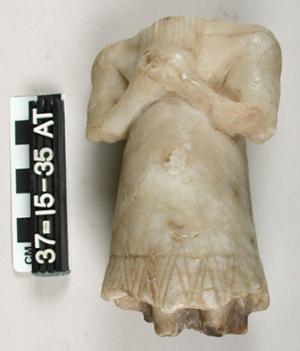
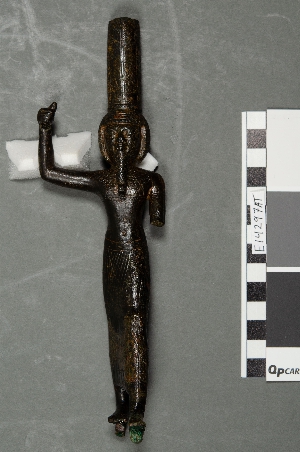
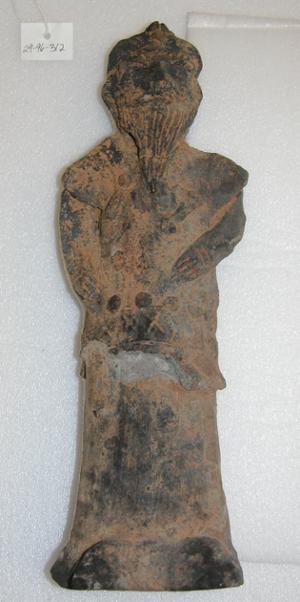
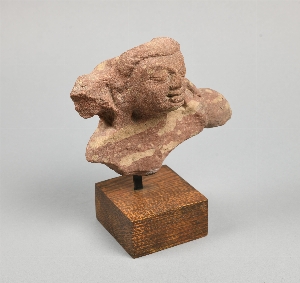

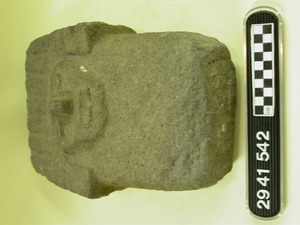
1 - 32 of 767 Records


